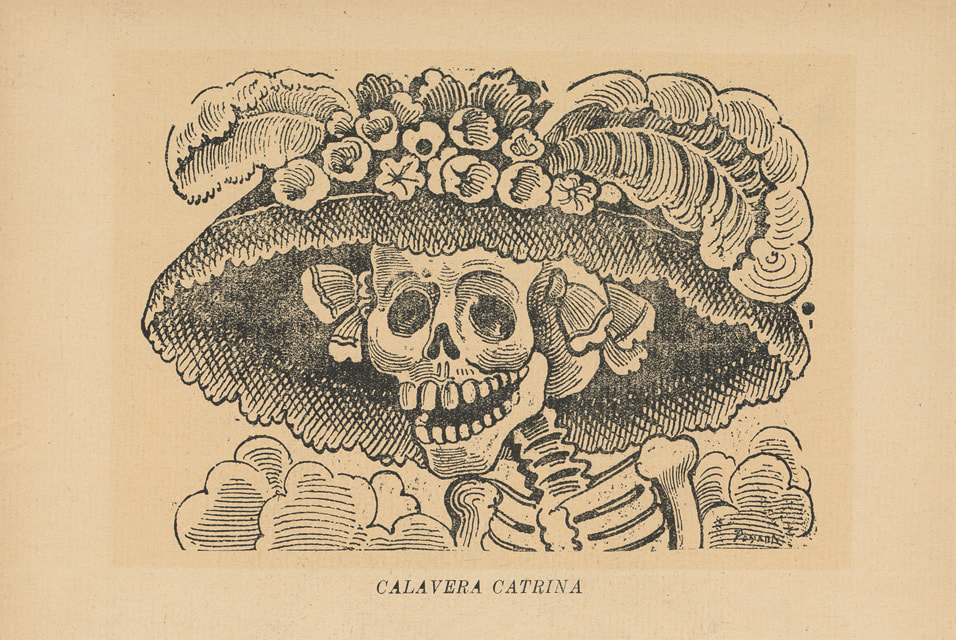|
The Day of the Dead, or "Día de Muertos" in Spanish (not “Día de ‘LOS’ Muertos” - a common mistake), is a culturally significant and vibrant celebration that takes place in Mexico and other Latin American countries. This unique holiday, celebrated from October 31st to November 2nd, is a colorful blend of indigenous Mesoamerican traditions and Spanish Catholic influences. Let’s delve deeper into the rich history of Day of the Dead in Mexico and explore the customs and rituals that make this celebration so enchanting. Ancient Origins: The roots of Day of the Dead can be traced back to the Aztec civilization, particularly to the festival dedicated to Mictecacihuatl, the Lady of the Dead. This goddess was believed to watch over the deceased and guide their spirits to the afterlife. The Aztecs celebrated this festival in August. However, when the Spanish conquistadors arrived in the 16th century, they attempted to syncretize indigenous traditions with Catholicism, moving the celebration to coincide with All Saints' Day (November 1st) and All Souls' Day (November 2nd). Altars and Ofrendas: One of the most iconic aspects of Day of the Dead is the creation of altars, or "ofrendas," which are dedicated to deceased loved ones. These ofrendas are meticulously arranged with items that hold special significance, such as marigold flowers, sugar skulls, candles, incense, and the favorite foods and drinks of the departed. The idea is to invite the spirits of the deceased back to the living world, where they can enjoy the offerings and the company of their living relatives. La Catrina: La Catrina, an elegant skeletal figure, has become an iconic symbol of Day of the Dead. Created by Mexican artist José Guadalupe Posada in the early 20th century, she represents the idea that death is a part of life and that everyone, regardless of social status, must face it. La Catrina is often portrayed wearing a fancy hat and clothing, highlighting the celebration's blend of humor and reverence for the deceased. Cemetery Visits: Families often visit cemeteries during Day of the Dead to clean and decorate the graves of their loved ones. It is a time of remembrance and reflection, where stories and memories of the departed are shared. The atmosphere in cemeteries during this period is lively and filled with music, food, and offerings to honor the deceased. Modern Celebrations: While Day of the Dead has deep historical roots, it continues to evolve in modern Mexico. It's a time when people come together to celebrate the lives of those who have passed away, embracing the idea that death is a natural part of the human experience. Parades, traditional foods, music, and artistic displays are all part of the festivities. Day of the Dead in Mexico is a colorful and deeply meaningful celebration that beautifully merges ancient Mesoamerican beliefs with Catholic traditions. It serves as a poignant reminder that death is not to be feared but celebrated as a continuation of life. The rich history and traditions surrounding this holiday make it a remarkable and unique cultural experience for both locals and visitors alike. As you plan your next trip to Mexico, consider joining in the vibrant and heartfelt celebration of Day of the Dead to better understand and appreciate this fascinating tradition.
0 Comments
Leave a Reply. |
AuthorsFrancisco and Antonieta, your hosts Archives
June 2024
Categories
All
|






 RSS Feed
RSS Feed